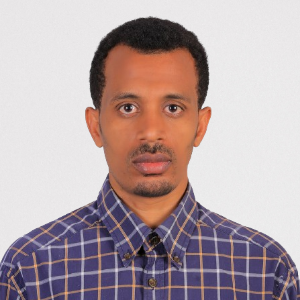Title : Knee pain after retrograde intramedullary nailing with surgical implant generation network of femur shaft fractures
Abstract:
Background: The incidence of femur fractures in young and elderly people has increased, particularly in countries with limited resources like Ethiopia. Intra-medullary nailing (IM) has been an effective and cost-effective method of treating long bone fractures, but it can lead to complications such as knee pain.
Patients and Methods: The study followed 110 patients diagnosed with femur fractures and treated with retrograde SIGN Standard Nail or Fin Nail from January 2020 to December 2022 at two hospitals in Ethiopia. The patients were followed up for at least 6 months, and data were collected from medical charts, patient interviews, and phone calls to patients who did not attend the follow-up appointment. Binary logistic regression analysis was used to identify factors associated with knee pain.
Results: The study showed that 40 patients reported knee pain at 6-months follow-up, making a prevalence of 36.4%. Factors significantly associated with knee pain were a time of injury to nailing (AOR=4.23, 95% CI: 1.28–13.92), use of a screw to the medial cortex (AOR=9.30, 95% CI: 2.90–12.74), and fracture site (AOR= 2.67, 95% CI: 14.01–7.03). Specifically, the longer the time from injury to nailing, the higher the risk of knee pain. The use of a longer screw to the medial cortex and a fracture site were also positively associated with knee pain.
Conclusion: This study concludes that although retrograde intramedullary nail fixation is an effective method for femur fractures, it often results in knee pain. Approximately 4 of 10 patients suffered from knee pain in this study. Avoiding delayed surgical management and minimizing the use of prominent metalwork may reduce knee pain.
Purpose: This study aimed to evaluate knee pain and its associated factors following retrograde intramedullary nailing for femur fractures.



